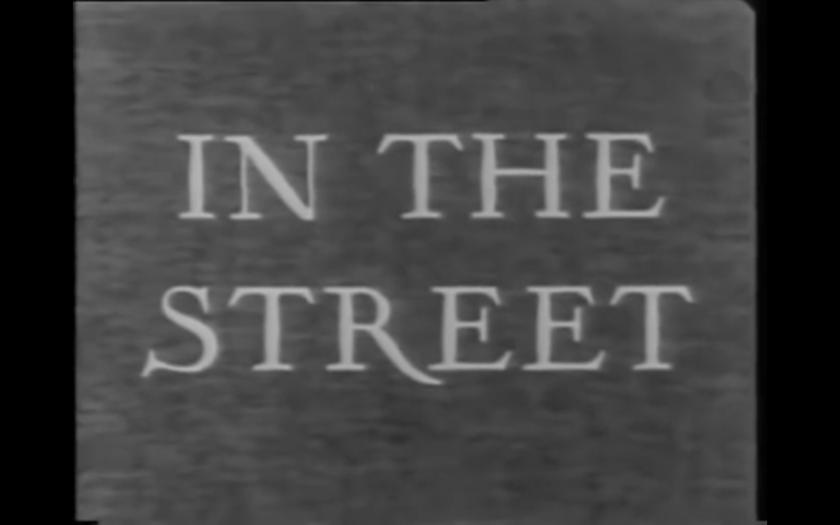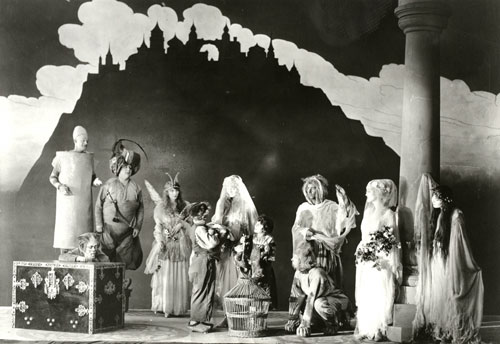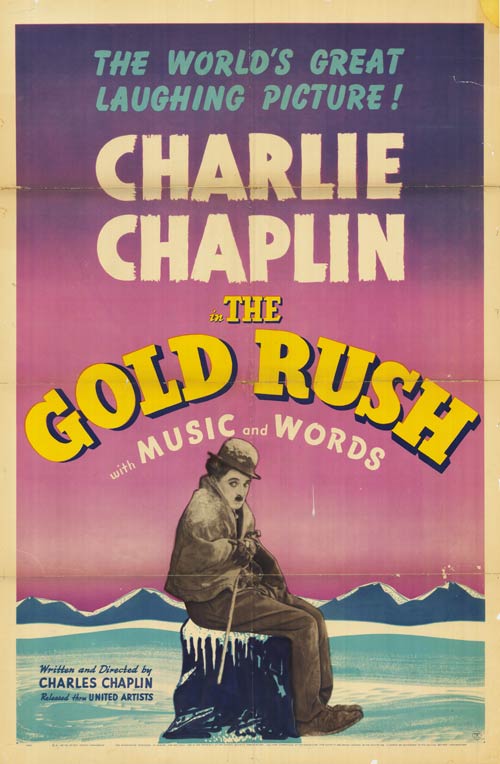
#18) In the Street (1948)
OR “Showtime Near the Apollo”
Filmed by Helen Levitt, Janice Loeb, and James Agee
Class of 2006
Here’s the whole thing
The Plot: Discreetly filmed with 16mm cameras, “In the Street” showcases brief moments on the streets of mid-40s Spanish Harlem. Children play in the streets while adults sit on the stoops and yell at them. All set to the piano accompaniment of Arthur Kleiner.
Why It Matters: The NFR calls it a “lyrical, slice-of-life documentary” and cites “In the Street” as one of many post-war children’s documentaries that juxtapose the human condition with their less than ideal living situations.
But Does It Really?: Sure. I appreciate any documentary that is just reportage. At no point does anyone tell you what to think of what you’re seeing. You the viewer can draw your own conclusions. The film succeeds in highlighting what it calls “a theater and a battleground”. A unique collaboration between three people who, as far as I know, had never made a movie prior to this.
Everybody Gets One: Helen Levitt was known primarily for her street photography in her native New York. Some have called this film an extension of her photography. James Agee would go on the write the screenplays for fellow NFR entries “The African Queen” and “The Night of the Hunter”, as well as the celebrated novel “A Death in the Family”. Unfortunately, virtually nothing is known about Janice Loeb.
Wow, That’s Dated: Cigarettes are only 17 cents! Also very dated is the concept of kids playing outside, what with their Pokemon Go-Go and their Instant SnapGrams and their ahhhhh forget it.
Seriously, Oscars?: Sadly, no nomination for Documentary Short Subject. Instead they gave the award that year to some army film.
Other notes
- The kids in this movie would be in their mid-to-late 70s if they were still alive today.
- I’m pretty sure this is the same street where Sonny beat up Carlo in “The Godfather”.
- What is with tying a bag of flour to a stick and then beating each other up with it? Was that a thing back then?
- In one shot there’s several flyers for people running for Justice of the Municipal Court. I caught only one name; Davila. Does anyone know anything about this election or who these guys were?
- Obviously filmed during Halloween, a few of the kids are dressed with white hoods on their heads. Please tell me they’re supposed to be ghosts.
- My favorite shot in the movie is when the children discover the camera and start standing in front of each other to be on film. Kids have not changed much since then.
Legacy/Further Viewing
- Levitt, Loeb, and Agee would all collaborate again on the similarly themed documentary “The Quiet One”.




